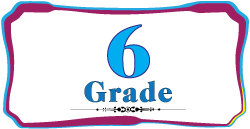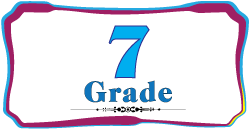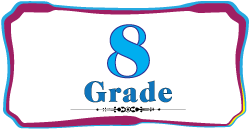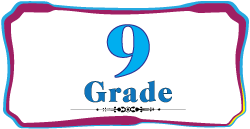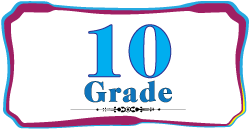The Rise of English Medium Education in Sri Lankan Schools
In recent years, English medium education has gained significant popularity in Sri Lankan schools. As globalization influences various aspects of life, the demand for English as a medium of instruction has grown, catering to parents and students who recognize the importance of English for higher education, career opportunities, and global communication.
Introduction of English Medium Classes
The Sri Lankan government introduced English medium classes in public schools in the early 2000s. Initially, this initiative was implemented for the Advanced Level (A/L) science stream and later extended to other grades and streams. The objective was to create bilingual students who are proficient in both Sinhala or Tamil and English, ensuring they are competitive in an increasingly interconnected world.
Advantages of English Medium Education
- Global Opportunities: English proficiency opens doors to higher education and employment opportunities both locally and internationally.
- Access to Resources: Most scientific, technical, and academic resources are available in English, giving students access to a wider knowledge base.
- Improved Language Skills: Learning in English enhances students’ communication skills, making them confident speakers and writers.
- Standardized Education: English medium facilitates better integration with global education standards.
Challenges Faced
Despite its advantages, introducing English medium education comes with challenges:
- Teacher Training: A shortage of qualified teachers proficient in both English and the subject matter remains a significant hurdle.
- Student Adaptation: Students transitioning from Sinhala or Tamil medium may struggle initially to grasp concepts in English.
- Resource Availability: Limited availability of textbooks and learning materials in English is another challenge.
- Equity Concerns: Not all schools, especially those in rural areas, have the resources to offer English medium education, creating a disparity in access.
Current Trends
Today, many urban schools, both public and private, offer English medium education. The private school sector, in particular, has seen a surge in demand for English medium curricula such as Cambridge, Edexcel, and the International Baccalaureate (IB). Meanwhile, public schools continue to expand their English medium programs, with government initiatives aimed at improving teacher training and resource allocation.
Conclusion
English medium education in Sri Lankan schools represents both an opportunity and a challenge. While it equips students with the skills needed to thrive in a globalized world, addressing disparities in access and improving the quality of education remain essential. With continued efforts, English medium instruction has the potential to play a transformative role in the Sri Lankan education system.
